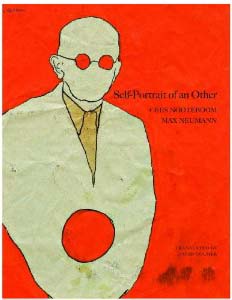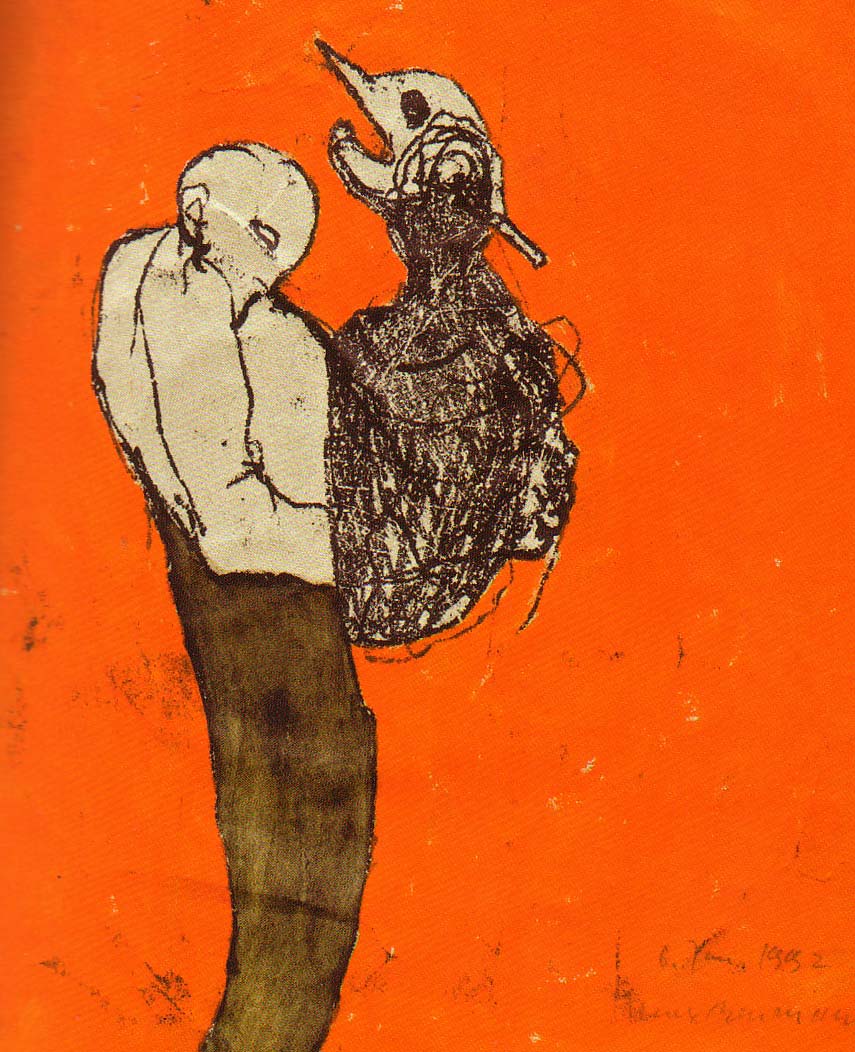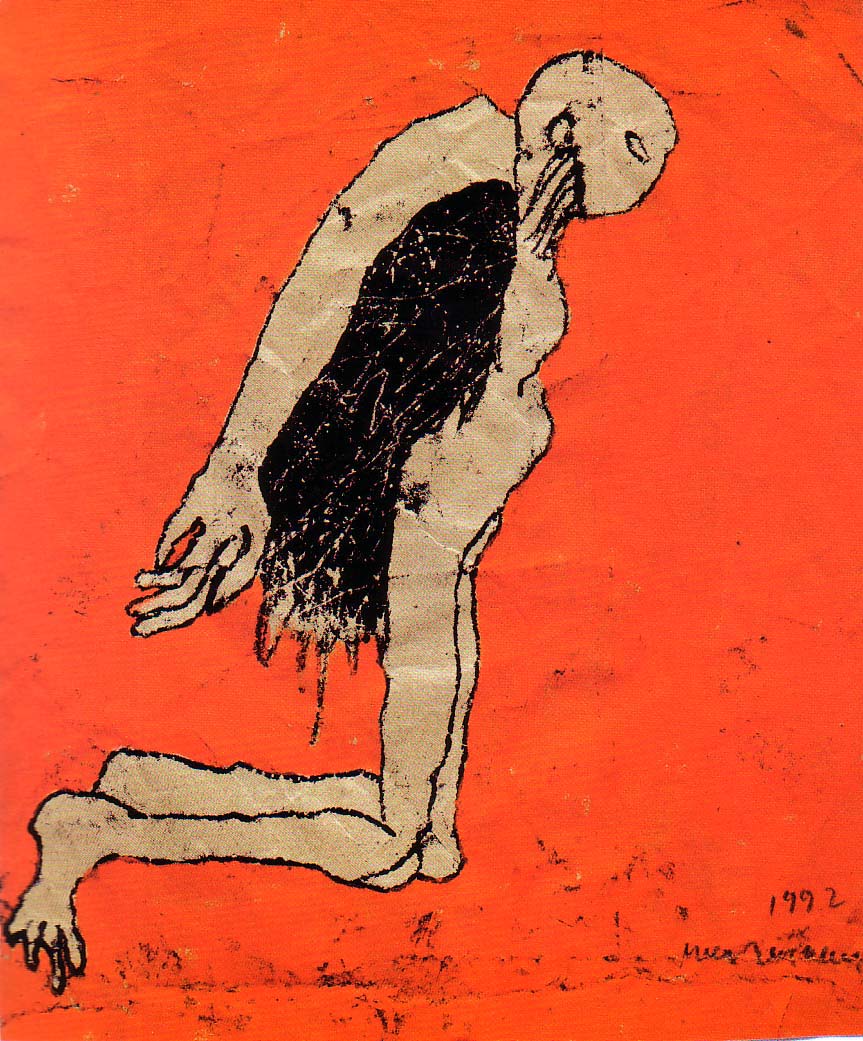Diffracted Dialogues in a Hall of Mirrors
Posted on Jun 26, 2012
With the proliferation of cheap digital cameras, we have perhaps got to the point that, owing to technology, the making and proliferating of images is as effortless as words. Today both text and image function as advanced sites of human interaction and vehicles for understanding our complex relations with society, politics and the environment. It is increasingly evident that a singular mode of representation is insufficient for understanding our present social and political conditions.As these processes of human communication have evolved, we can try to understand better the varied principles, aspirations and interior logics of these different forms of expression. Take images, for example: they do not hold meaning together in the same way that words do. The general use for words, as abstractions, is to compile and align them as part of an indirect form of expression. Images can have a much more direct, immediate impact. Furthermore, the way we ‘read’ an image is certainly different from the way we read a text. We do not read an image in straight lines; there is no clear beginning and end.
What is it that makes images so unnerving? How is it that text comes to step in as a kind of crutch or reassurance for the indeterminacy of images? Images are intuitive; they do not explain and yet they know. In this sense they are an end in themselves and not subordinate to the written word. They are perhaps parallel with, not the same as, text in the production of knowledge and subsequently they are equally entangled and complicated with social and cultural relations. Engaging these two languages in relay resists a comfortable coherence and illuminates something of the fragile and instable structures that somehow sustain our ability to communicate with others.

Self-Portrait of an Other is a collaborative project (actually referred to by Nooteboom as a ‘confrontation’) between the highly acclaimed Dutch writer Cees Nooteboom (b.1933) and the enigmatic German painter Max Neumann (b.1949). On first encountering the works of Neumann, Nooteboom noticed that they were a world of their own, and yet he writes, ‘I felt as if I knew the world I encountered in his work very well without being able to say why.’ As a writer he recognized these paintings as both strange and familiar. Believing that literature is, in itself, an art of collaboration with others, his enchantment with this painter’s works would culminate in the two artists making an ‘agreement’ to work together on a project:
Instead of trying to describe his work, I would draw on its atmosphere and my own arsenal of memories, dreams, fantasies, landscapes, stories and nightmares to write a series of textual images as an echo but unlinked, a mirror, but independent of the pictures he had given me. If we have succeeded, the title cuts both ways.

These are therefore neither illustrated stories nor captioned paintings. Nooteboom would receive Neuman’s paintings at his house in Spain. He would not describe the paintings, but write a response to them in reply. The paintings feature contorted and tortured figures, denied of identifiable characteristics, as disposable yet as persistent as the paper bags on which they are produced, these figures are at once nobody and anybody, suspended in a nightmarish atmosphere of orange abstraction; a primitive form of modernism. These pictures affect viewers with a simultaneous array of affectations that are void of linear narrative.
 There is something appropriately disorderly about Nooteboom’s literary style placed amongst these images. His prose works offer no beginning, middle or end. Readers hit the ground running as they are introduced to narratives in mid-flow. Any attempt to decode and imagine the meaning of these stories comes despite knowing that such meaning is ultimately unattainable. In the waves of discord that emerge, meaning is continually constructed and deflected. The experience is disorientating and exhilarating. After all the noise, once this pair has exhausted what language has to offer, a profound silence falls to rest on deaf ears.
There is something appropriately disorderly about Nooteboom’s literary style placed amongst these images. His prose works offer no beginning, middle or end. Readers hit the ground running as they are introduced to narratives in mid-flow. Any attempt to decode and imagine the meaning of these stories comes despite knowing that such meaning is ultimately unattainable. In the waves of discord that emerge, meaning is continually constructed and deflected. The experience is disorientating and exhilarating. After all the noise, once this pair has exhausted what language has to offer, a profound silence falls to rest on deaf ears.When depth is nothing but another surface impression, nothing is considered profound, but is endlessly complex. Nothing is disguised because everyone is disguised. The subtitle to this work is Dreams of the Island and the Old City. Text and paintings alike speak to their other from other worlds. The two artists both seem to demonstrate a mutual belief in the courageous effort of language to grasp the essentials of human experiences, despite its inability to ultimately do so.
Once he had thought that you could write the world with words: from the beginning. Speaking the words would turn them into things, obedient to their names. That made all languages holy. Now he no longer knew if that was true. The things that surrounded him and closed themselves off more and more as if knowing that they would lose their names again. He wondered what it would be like when nothing was called anything, when everything was just itself . . . All things undone and robbed of their names, words erased until the first word too had never been said. Only then would it be silent again.
Francesco Maria Grimaldi, coined the term diffraction–meaning ‘to break into pieces'–when he observed how light breaks up into different directions as it comes into contact with an object of another substance. The collision of one against another causes a kind of breakdown that produces an unpredictable marked change in atmosphere and appearance. It should be understood that Self Portrait of an Other is not merely an illustrated book, but more appropriately, a kind of diffracted dialogue from within a hall of mirrors. Aimed at confounding and surprising, to read it fluently is to discover a totally different approach to reading.
Becky Ayre
Excerpts and images from Self-Portrait of an Other by Cees Nooteboom and Max Neumann (translated by David Colmer) (Calcutta, London and New York: Seagull Books, 2011).
Leave a comment ×
1 comments